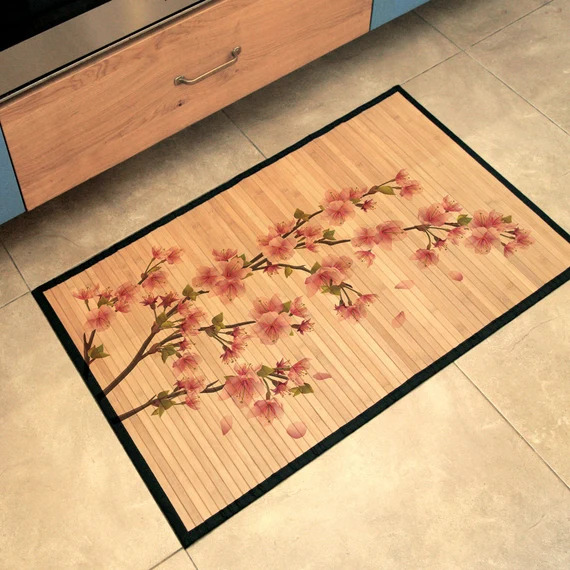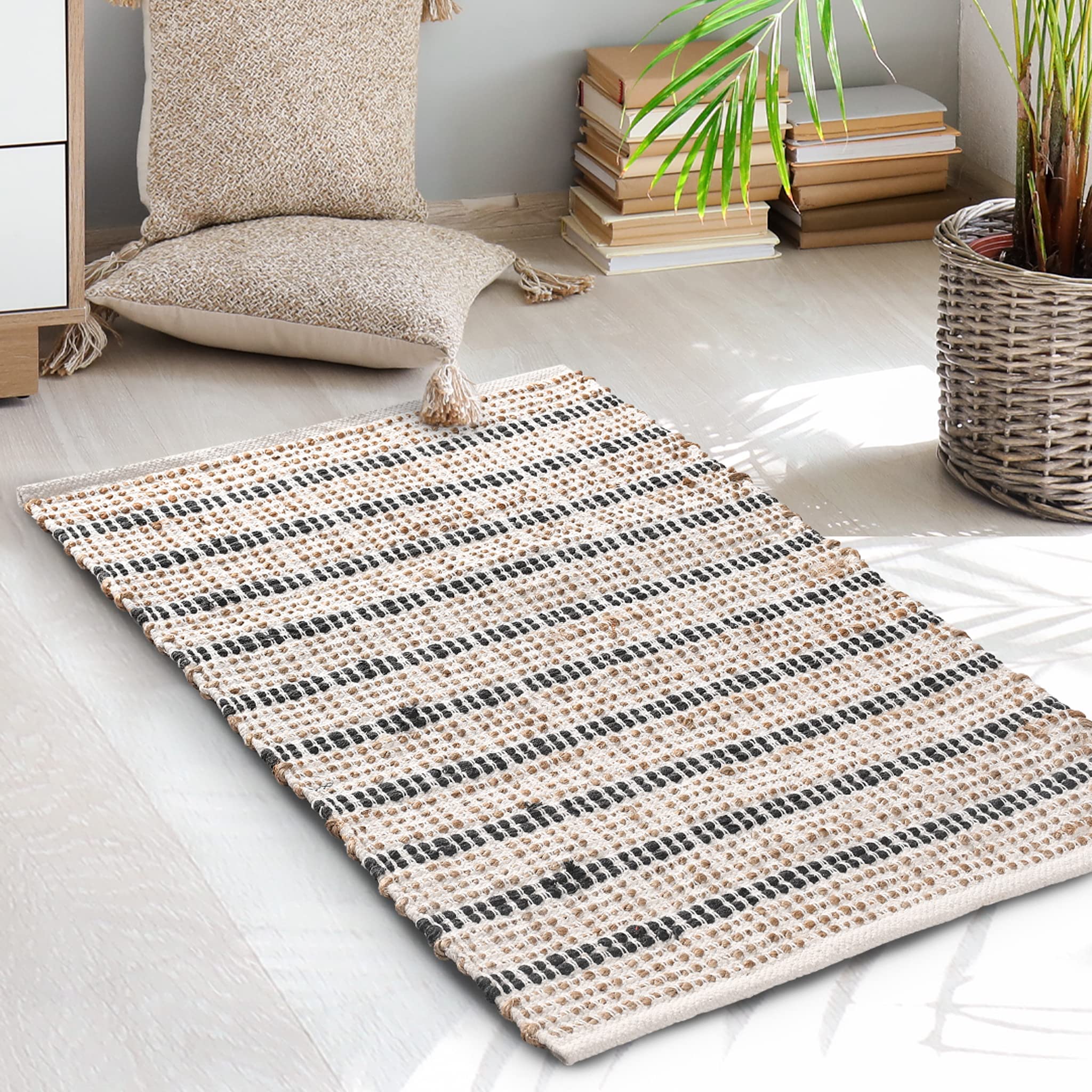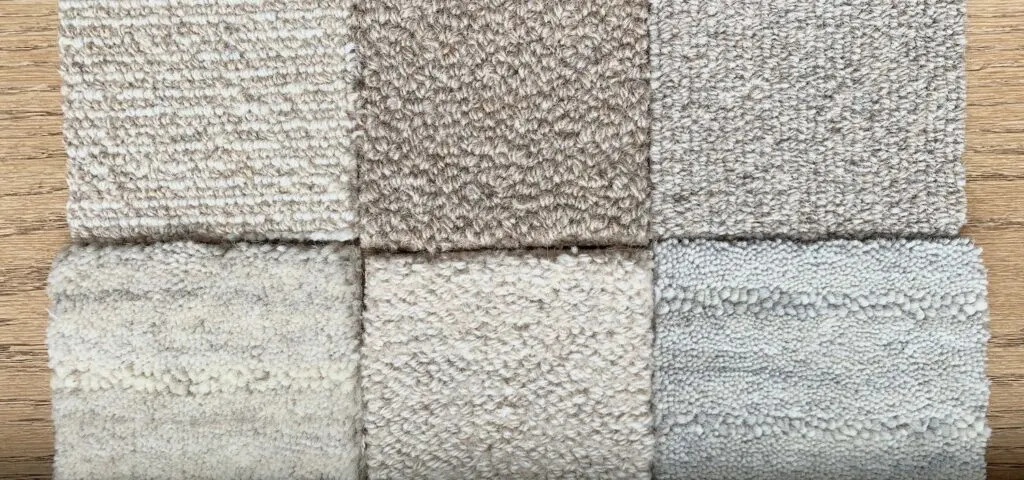
1. Why Sustainability Matters in Home Furnishing
Traditional home furnishing materials often involve harmful chemicals, excessive water consumption, and non-biodegradable waste. Sustainable home furnishing aims to minimize environmental harm while maintaining style, comfort, and durability.
Key Benefits of Sustainable Home Textiles:
- Reduces Carbon Footprint: Sustainable manufacturing processes consume less energy and lower greenhouse gas emissions.
- Minimizes Waste: Eco-friendly materials are biodegradable or recyclable, reducing landfill waste.
- Improves Indoor Air Quality: Natural and organic textiles eliminate toxic chemicals, promoting healthier living spaces.
- Promotes Ethical Practices: Supports fair wages and better working conditions in the textile industry.


2. Eco-Friendly Materials in Home Furnishing
One of the primary ways to incorporate sustainability into home interiors is through the use of eco-friendly materials. Here are some of the most popular and responsible choices:
a) Organic Cotton
- Grown without harmful pesticides and fertilizers.
- Uses significantly less water compared to conventional cotton.
- Ideal for bedding, upholstery, and curtains.
b) Bamboo Fabrics
- Highly renewable and grows rapidly without the need for replanting.
- Naturally antimicrobial and breathable.
- Used for curtains, rugs, and cushion covers..
c) Recycled Polyester
- Made from post-consumer plastic waste like PET bottles.
- Reduces landfill waste and reliance on virgin polyester.
- Perfect for durable upholstery, throws, and carpets.
d) Hemp & Linen
- Requires minimal water and pesticides.
- Naturally durable and biodegradable.
- Works well for drapery, table linens, and cushion covers.
3. Sustainable Production Techniques
At BSBR INTERNATIONAL, we implement responsible production practices to ensure minimal environmental impact while maintaining top-notch quality.
a) Water-Efficient Manufacturing
- Using low-water dyeing techniques to reduce wastage.
- Implementing rainwater harvesting in production facilities.
- Recycling wastewater to minimize pollution.
b) Non-Toxic & Natural Dyes
- Avoiding harsh chemicals that pollute waterways.
- Using plant-based and non-toxic dyes for safe textiles.
- Ensuring colorfastness without harmful synthetic additives.
c) Energy-Efficient Production
- Utilizing solar and wind energy for manufacturing units.
- Upgrading to energy-efficient machinery to lower carbon emissions.
- Reducing dependency on fossil fuels for processing.

4. Ethical Labor Practices & Fair Trade
Sustainability is not just about materials; it’s also about people. Ethical production ensures fair wages, safe working conditions, and respect for artisans who craft home textiles.
How We Ensure Ethical Practices:
- Partnering with fair-trade-certified suppliers.
- Providing skilled workers with fair wages and proper benefits.
- Preserving traditional textile craftsmanship and weaving techniques.
5. Tips for Creating a Sustainable Home
Making sustainable choices for your home doesn’t mean compromising on style. Here’s how you can integrate eco-friendly home textiles into your living space:
a) Choose Timeless Over Trendy
- Invest in high-quality, durable textiles that stand the test of time.
- Avoid fast-fashion decor items that quickly go out of style.
b) Repurpose & Upcycle
- Convert old fabrics into cushion covers or table runners.
- Use leftover upholstery fabric for DIY home projects.
c) Support Eco-Friendly Brands
- Purchase from companies committed to sustainable production.
- Look for certifications like GOTS, OEKO-TEX, and Fair Trade.
d) Reduce & Reuse
- Avoid unnecessary purchases—buy only what you need.
- Donate old furnishings instead of sending them to landfills.
6. The Future of Sustainable Home Furnishing
The demand for sustainable home textiles will only continue to grow, with innovations in biodegradable fabrics, smart textiles, and circular economy models shaping the industry.
Emerging Trends to Watch:
- Zero-Waste Manufacturing: Brands focusing on 100% waste-free production.
- Biodegradable Home Textiles: Fabrics that decompose naturally after disposal.
- Regenerative Farming for Fibers: Growing cotton, hemp, and linen using methods that restore ecosystems.
Final Thoughts
Sustainable home furnishing is more than just a trend—it’s a responsibility. By making eco-conscious choices, you not only enhance your home’s aesthetics but also contribute to a healthier planet. At BSBR INTERNATIONAL, we take pride in crafting premium, sustainable home textiles that align with your values.
🌿 Join us in making homes beautiful while protecting the environment. Explore our sustainable collection today!
Sustainable Home Furnishing: A Greener Future for Interior Spaces
As environmental concerns grow, the home furnishing industry is witnessing a shift towards sustainability, ethical production, and eco-friendly materials. Consumers are becoming more conscious of the impact their choices have on the planet, leading to a surge in demand for sustainable home textiles. At BSBR INTERNATIONAL, we are committed to providing high-quality, environmentally responsible home furnishing solutions that align with global sustainability trends.
